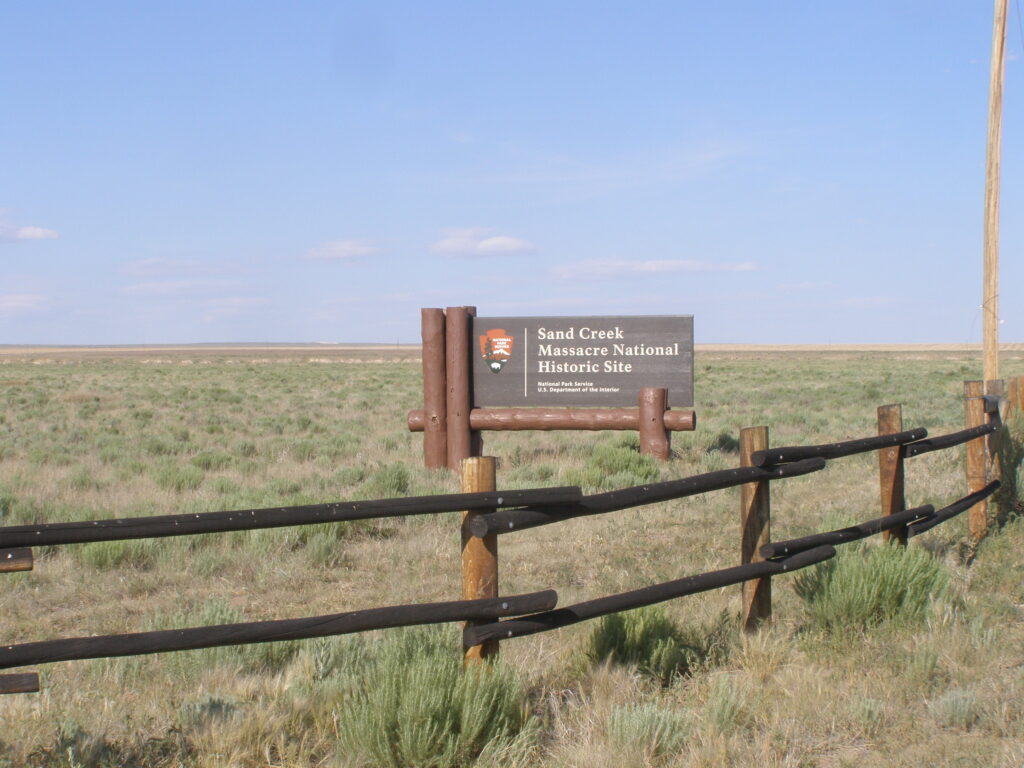Welcome to Sand Creek Massacre National Historic Site!
Are you ready to immerse yourself in history and experience the rich cultural heritage of the Sand Creek Massacre? This national historic site, located in southeastern Colorado, commemorates a significant event in American history. Here, you can explore the site, engage in various activities, enjoy camping, and discover a range of travel options and accommodations. Let’s dive into the exciting opportunities that await you at Sand Creek Massacre National Historic Site!

Exploring the Historic Site
At Sand Creek Massacre National Historic Site, you’ll step back in time to the tragic events that unfolded on November 29, 1864. This site preserves and interprets the history of the Sand Creek Massacre, a pivotal moment during the Indian Wars. Take a guided tour or explore the exhibits to gain a deeper understanding of the events that shaped the region and the nation.
As you walk through the site, you’ll encounter markers and memorials that pay tribute to the victims and survivors of the massacre. The serene landscape serves as a powerful reminder of the past and a reminder to learn from history. It’s an experience that will leave a lasting impact on your understanding of the complexities of American history.
Engaging Activities
At Sand Creek Massacre National Historic Site, there are numerous activities to engage visitors of all ages. Participate in ranger-led programs, where knowledgeable guides will provide insights into the history and significance of the site. These programs offer a unique opportunity to ask questions and engage in meaningful discussions.
If you prefer a more independent experience, embark on a self-guided tour. Follow the marked trails and immerse yourself in the stories of the past. Don’t forget to bring your camera to capture the breathtaking views and poignant moments.
Camping and Accommodations
For those seeking a closer connection with nature, camping at Sand Creek Massacre National Historic Site is a fantastic option. Set up your tent at one of the designated camping areas and enjoy the tranquility of the surroundings. Wake up to the sounds of birds chirping and the fresh scent of the outdoors.
If camping is not your cup of tea, don’t worry! There are plenty of accommodations available in the nearby towns. From cozy bed and breakfasts to modern hotels, you’ll find the perfect place to rest and recharge after a day of exploration.
Traveling to Sand Creek Massacre National Historic Site
Getting to Sand Creek Massacre National Historic Site is a breeze. The site is conveniently located near major highways, making it easily accessible by car. If you prefer public transportation, you can also reach the site via bus or train. Check the local schedules and plan your trip accordingly.
Remember to pack comfortable clothing and footwear, as you’ll be doing a fair amount of walking. Don’t forget your sunscreen, hat, and water bottle to stay hydrated during your visit. It’s also a good idea to bring bug spray, especially during the warmer months.
Fun Things to Do Nearby
While Sand Creek Massacre National Historic Site is the main attraction, there are plenty of other fun things to do in the surrounding area. Explore the nearby towns and discover local museums, art galleries, and charming shops. Indulge in delicious cuisine at the local restaurants and cafes, and get a taste of the region’s unique flavors.
If you’re an outdoor enthusiast, take advantage of the beautiful natural surroundings. Go hiking, fishing, or birdwatching in the nearby parks and wilderness areas. Immerse yourself in the beauty of the landscape and create unforgettable memories.
Plan Your Visit to Sand Creek Massacre National Historic Site Today!
Whether you’re a history buff, nature lover, or simply seeking a unique travel experience, Sand Creek Massacre National Historic Site has something for everyone. Immerse yourself in the rich history, engage in meaningful activities, and create memories that will last a lifetime. Start planning your visit today and embark on an unforgettable journey through time!
